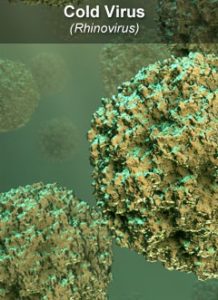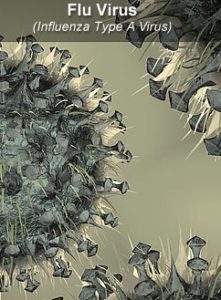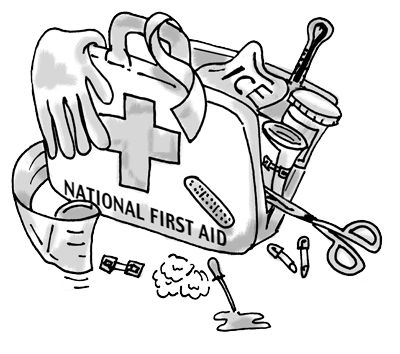Difference between the Cold and Flu. How to know which one?
Adults on average are stricken by a cold 2 to 3 times annually with symptoms persisting for up to 10 days each year.
Viruses cause colds and the flu. Both are respiratory infections. The simplest way to tell the difference is by looking at your symptoms.
Let’s first talk about the difference between the common cold and the flu.
What is the common cold?
The common cold is an upper respiratory infection caused by a virus. More than 200 different viruses can cause the common cold. However, the rhinovirus is most often the one that makes people sneeze and sniffle and is highly contagious.

You can catch a cold any time of the year, colds are more common during the winter months. This is because most cold-causing viruses thrive in low humidity. Colds spread when someone who is sick sneezes or coughs, sending virus-filled droplets flying through the air. You can get sick if you touch a surface (doorknob) that has recently been handled by an infected person and then touch your nose, mouth or eyes. You’re most contagious in the first 2 to 4 days after you were exposed to the cold virus.
What is the seasonal flu?
The seasonal flu is also known as influenza is another upper respiratory illness. Unlike the common cold, which can hit at any time of the year, the flu is generally seasonal. During the season, you can catch the flu in the same way you’d pick up a cold, by coming into contact with droplets spread by an infected person.
You’re contagious starting 1 day before you get sick and up to 5 to 7 days after you show symptoms. The seasonal flu is caused by the influenza A, B and C viruses, with influenza A and B  being the most common types. Active strains of influenza may vary from year to year, that’s why a new flu vaccine is developed each year.
being the most common types. Active strains of influenza may vary from year to year, that’s why a new flu vaccine is developed each year.
Unlike the common cold, the flu can develop into a more serious condition such as pneumonia, especially with young children, older adults, pregnant women, people with health conditions that weaken their immune system, such as asthma, heart disease or diabetes.
How to spot the difference
Colds
- Runny or stuffy nose
- Headache or body aches
- Sore throat, coughing
- Sneezing
- Mild tiredness
Flu symptoms can include
- Moderate to high fever, although not everyone with the flu will run a fever
- Sore throat, dry hacking cough
- Shaking chills
- Severe muscle or body aches
- Headache
- Stuffy and runny nose
- Severe fatigue that may last up to 2 weeks
- Nausea, vomiting (mostly in children)
Colds come on gradually over a few days and are often milder than the flu. They usually get better in 7 to 10 days, although symptoms can last for up to 2 weeks.
Flu symptoms come on quickly and can be severe. They usually last 1 to 2 weeks.
What can I do? Tips for recovery
There are no specific medications that can cure the common cold, but there are some simple ways you can effectively relieve your symptoms.
For young children and babies, talk to your chemist who will advise you depending on your child’s symptoms.
In adults, paracetamol is effective for fever and mild pain and is a common ingredient in many cold and flu medications.
Nasal decongestants can also help to ease a blocked nose. These medications can make it easier to breathe but they should only be used by adults and should not be given to young children or babies.
Sore throats can be relieved with sipping on a warm drink with lemon and honey, gargling salt water and sucking a lozenge.
Make sure that you check the active ingredients on all product labels to ensure that you do not take a ‘double dose’ or accidentally give one to your child. Talk to your chemist if you are unsure about this.
Always ask your doctor or chemist for advice before using medications, to make sure that they are safe for you or your child.
I think I have the flu – should I see a doctor?
Most people who are generally healthy won’t need to see their doctor for the flu. Their immune system will fight the infection and their symptoms will usually clear up on their own.
If you think you have the flu, try to rest, maintain a good fluid intake, and manage your symptoms. This will help you recover and prevent dehydration.
See your doctor if you are concerned, and seek immediate medical attention if you experience any of the following symptoms:
- difficulty breathing
- chest pain
- sudden dizziness
- confusion
- severe vomiting
- fever with a rash
Remember
- Colds are caused by over 200 different viruses.
- There is no cure, but most symptoms can be relieved.
- Antibiotics do not cure a cold, but if symptoms do not improve in babies or young children see your doctor.




